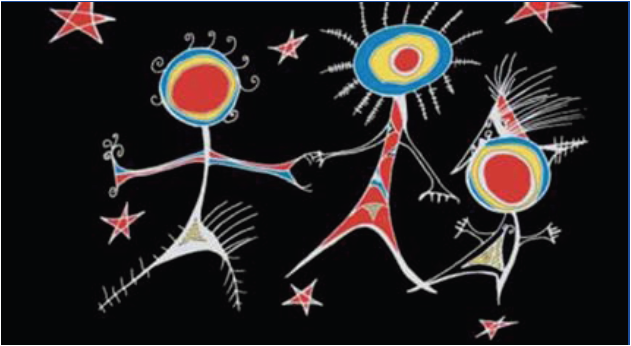Blog: Pain Research team receives CIHR grant
April 15th, 2014
Pain Research team receives CIHR grant
Dr. Margot Latimer, Associate Professor in the School of Nursing, and her community based partner and Eskasoni Health Director, Sharon Rudderham, recently received an Operating grant from CIHR. Latimer and Rudderham’s team is comprised of Health Professions faculty members Katherine Harman and Kara Paul, Eskasoni-based health professionals Daphne Hutt-MacLeod and Anita MacKinnon, Allan Finley from the Faculty of Medicine and University of New Brunswick Nursing’s Lisa Perley-Dutcher. Their research, which focuses on the expression of pain among Aboriginal children, uses a combination of health data and cultural expression and beliefs to assess and interpret Aboriginal children’s experience with pain. This project employs the Two-Eyed Seeing approach of using the best of Indigenous and Western knowledge. As Albert Marshall stated, “no one person ever has more than one small piece of the knowledge.” The project recognizes that traditional knowledge draws upon the community of Elders and other knowledge holders, as well as the collective consciousness of the people.
Given the high rates of ill-health and the reality of resource inequality, the impact of untreated pain on health outcomes for Aboriginal children could be profound. Based out of the IWK, the project’s goal is to work with four Aboriginal communities across the Maritimes. The team aims to document the cultural characteristics that define Aboriginal children’s pain experiences to build the field of research on how pain is expressed, assessed and treated. Their past research has revealed that Aboriginal children are taught to endure pain. In this study, Latimer et al will gauge the extent to which Aboriginal children’s pain expression can impact clinician assessment and treatment. “We know that Aboriginal children are the fastest growing youth population in Canada, however, initial investigations indicate that they are significantly under-represented as patients in pain clinics.” Latimer explains.
The project has been designed in partnership with the Aboriginal community and will use both quantitative and qualitative approaches to assessing pain. The investigators will use the Reproductive Care Program database and MSI records to study the frequency and quality of Aboriginal children’s interactions with the health system. They are also engaging Mi’kmaq artist Alan Syliboy and a NSCAD student to work with child participants who will draw pictures of their pain. “This study will provide a more robust dataset on Aboriginal children’s interaction with the health system and expression of pain,” explains Latimer. “We hope it will also encourage better understanding between the Aboriginal and health communities that will reduce the pain experience and enhance the wellbeing of Aboriginal children.”
(artwork title: Family; artist: Alan Syliboy)

(article and artwork originally posted in the Dal Pain Newsletter, March 2014)









